“I’ve got a Social English class, so how can I use Maybe Next Year as the key material? (Oh, and I have prelim learners in with beginners, and the volunteer is going to be away…)”
Sometimes we see reading materials as simply ‘reading’ – students read the story, answer the questions, do the worksheets, and we’re finished. On to the next activity! Yet as I sat and chatted with the teacher who asked about her class, we thought of many other activities that could extend the materials, giving all learners some space to work at their own level, and allowing the teacher to cover different skills:
Listening
- Why not start with listening, or after several ‘listen and read’ experiences, ask learners to hide their photocopies, and ‘just listen’. How much can they understand? 100%? 90%? 80%?
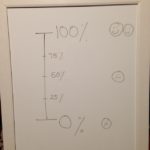
- I like to draw a chart on the board, and get learners to show how much they have improved over successive listening experiences – from 50% to 80%, for example.
- Are the stronger students saying ‘100%’? Ask the ‘50%’ learners to listen and read again with the CD, while you read the story to the stronger learners – at a much faster speed. Can they still understand if you speed up to nearly normal speech? Ask them to raise their hand when it gets too fast.
Speaking: questions and answers
- One student takes on the role of Marcy. The others ask her questions.
- Prelim learners can start, asking the easy questions (What’s your name? How old are you? Where do you live?), but stronger learners can think of more complex questions, including topics not in the reading passage (Where do you work? Where do you go shopping? What’s your postcode?)
- You can insist on full sentence answers (or not, for learners who can only manage single words). Can be repeated in groups, and with all the other characters.
Speaking: discussion
- Move quickly through the Discussion: about learners’ lives questions in the Teacher’s Guide, so students understand what this section is about, and everyone is ready to offer their ideas.
- Put the stronger students in groups, each with a leader who has those questions photocopied and cut up. Leaders then pick up a random card and ask their group to give their ideas.
- As preparation, why not model and practise simple ‘leader’ phrases: “Ali, what do you think?” “Yanlan, do you agree?”
- While the groups are talking, you work with the literacy learners…
Spelling
- Write up a paragraph on the board, with a selection of missing words. Ask learners how they would spell those words.
- Are they ‘listen and spell’ words (next, best), or ‘pattern words’ (year, ear, near) or ‘remember me’ words (one, love, message)
- How will they remember the tricky words? (Example, ‘age’ in ‘message’.)
Pronunciation
- Once the story sentences are on the board, you can add linking. Students can mark the links on their photocopies and practise with you. (Same for syllable stress in longer words, or word stress in sentences.)
- Are there any words with unexpected pronunciation/spelling? Mark this up, in whatever way you’ve developed to help students realise this is the sound rather than the spelling.
Reading in pairs
- Learners read in pairs, using linking, and taking turns to test each other: ‘What’s that word?’
- Or use peer support reading, matching a stronger learner with a literacy learner.
Writing: Dictation
- Prelim learners can work at their own pace: copying with chunking, speed copying, cutting up and reassembling sentences (photocopy onto A3 to make this easier).
- Stronger learners can do pair dictation, taking turns to dictate a line, or (for a real challenge and a lot of noisy fun) running dictation.
Writing: About me
- More advanced learners can use the story to write about themselves or someone in their family.
- Literacy learners can copy a few sentences you’ve written on the board, leaving blanks for their personal information.
I’m sure experienced teachers can think of many more ideas, and I’ll add to this list as I get feedback! Happy teaching…
An update!
I just spoke to Dorothea, the teacher who talked this through with me yesterday. Her feedback: “It worked amazingly well! It was holistic, all the students at different levels benefitted … and I felt I could monitor everyone. One of the students wanted to copy the CD to take home – that’s OK, isn’t it?” (Answer: Yes, of course, that’s the idea!)
So big thanks, Dorothea, for exploring this, and please keep us posted on how it goes…

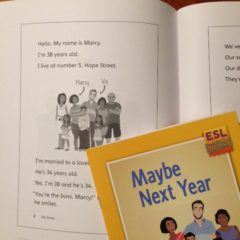



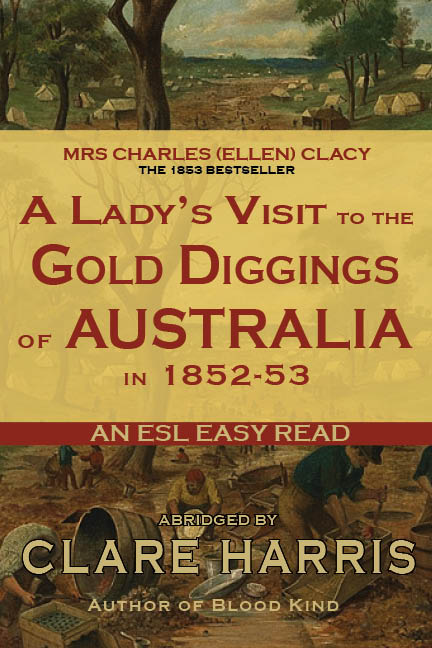
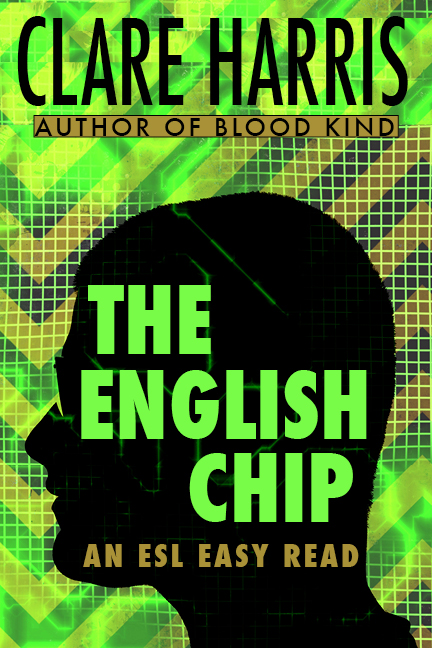
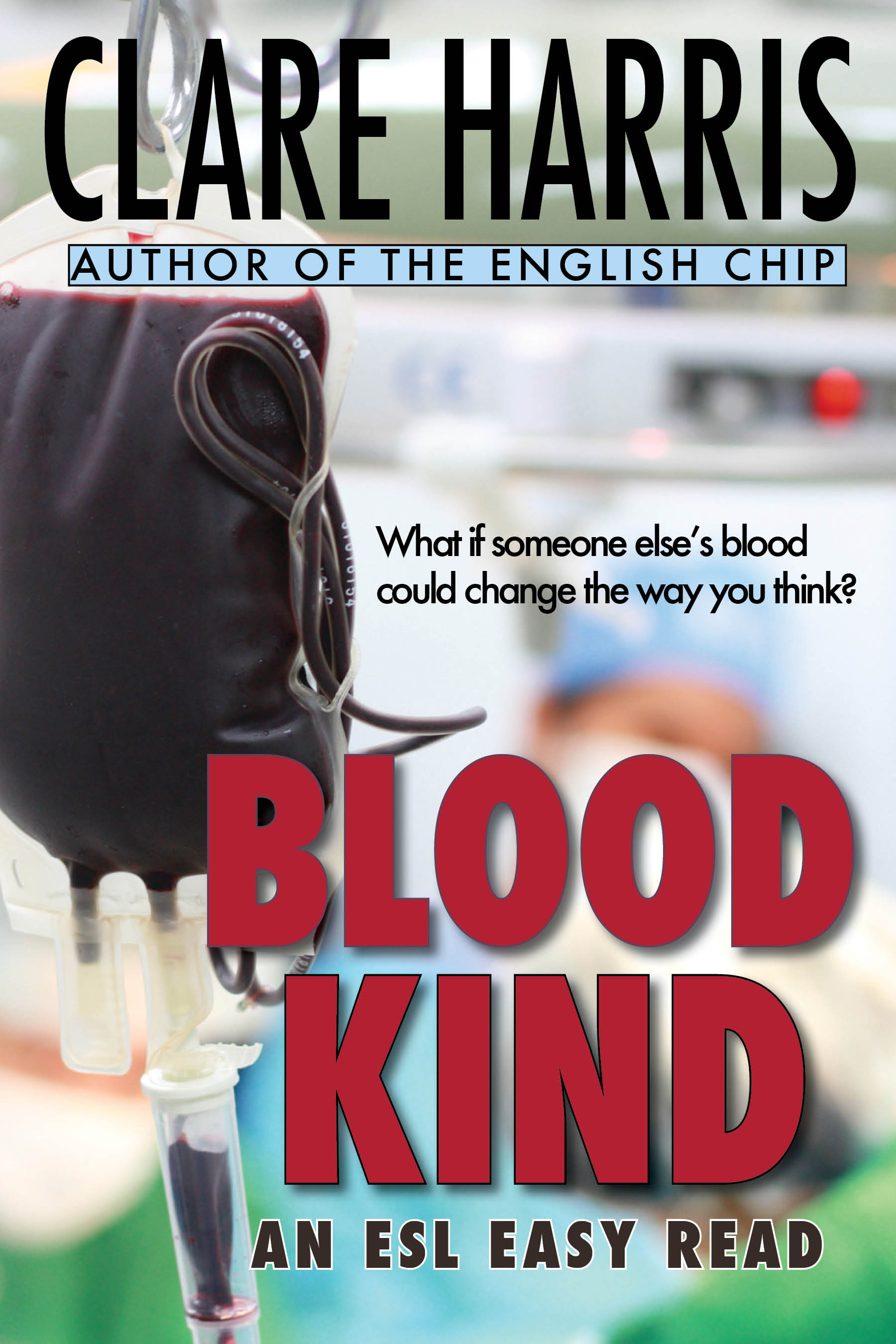

One response to Maybe Next Year: from ‘ESL reader’ to ‘today’s lesson’?
Comments are closed.